Plastic Air Tubing
Can you trust that the plastic air tubing you currently have installed on your pneumatic equipment is the right kind for the job? Selecting the wrong type of tubing is an excellent way to invite breakdowns and potential mishaps into the workplace. Take a few moments and go over all of the options.
You might find a solution that’s not only safer but actually more efficient for your company’s particular use case. Advances in materials engineering has greatly increased the number of different styles of air tubes on the market. In fact, you might see a few choices you’re not as familiar with if you haven’t browsed through any technical publications lately.
Should you need any assistance navigating the dizzying selection that’s currently out there, don’t hesitate to get in touch with experienced engineers from SMC Pneumatics. You can also try our convenient part builder if you’re not entirely sure of what kind of equipment you need for a specific job.
Polyurethane Tubing
The great thing about PU is how flexible of a material it is, both in terms of actually bending it as well as using it in a wide variety of situations. PU tubing is useful for both compressed air and general industry water feeds, which means that it’s possible to make use of it in almost every situation. With a temperature range of -4° all the way to 140°, it can work in all but the most extreme situations. This range should be more than comfortable enough even if you have to install it inside of a freezer or in an industrial setting with furnaces.
Assume you install polyurethane tubes in a general outdoor environment. They should be able to take up to 115 PSI at around 68°. This is sufficient for most uses. Shore A 95 hardness ratings also make them reasonably capable of standing up to physical abuse. As long as you avoid abnormal temperature fluctuations, you shouldn’t experience considerable levels of breakage when working with this kind of technology.
Perhaps it’s color coding that opens up the most interesting possibilities, however. Plastic air tubes now come in a variety of different colors. You might want to consider using something like a bright safety orange or yellow to alert personnel not to approach a specific line. If you manage a facility that features multiple lines going in different directions, then you might also consider picking a different color for each one. This might make future maintenance of the system that much easier.
Miniature Tubing
Space may be at a premium depending on the type of installation you’re dealing with. Getting around difficult obstacles inside of machine mounts can be quite a challenge. Miniature tubing can help to address these kinds of concerns and still stand up to a reasonable amount of abuse. While you might think that narrow tubes wouldn’t be able to handle much, they can still take around 0.8 MPa at 68°. This makes them rather useful for any variety of tasks. Like standard full-sized PU tubes, they come in several different colors.
Keep in mind that miniature tubing is still made out of the same material as standard polyurethane stock. This means that it has very similar characteristics even if it might not be as physically large in diameter.
Nylon Tubing
One of the most important things nylon has going for it is its tensile strength. It has an even higher pressure rating than polyurethane, so nylon tubes can be made with thinner walls while still maintaining decent performance figures. Judicious use of walled tubing can be an excellent way to increase flow ratings for a giving outside diameter. Nylon tubes can even offer the same temperature performance figures as PU ones. This makes them rather attractive for a variety of general-purpose pneumatic applications.
More than likely, you’ll find a number of automotive uses for pieces of nylon tubing as well. SAE J844 states that certain grades of nylon may be used to power air brake systems. While not every piece is so rated, there is plenty of stock for you to pick from if you were planning on doing any kind of brake overhaul.
Accessories
Cutting tube with standard tools can be annoying at best and potentially dangerous at worst. An inexpensive tube cutter can take all of the guesswork out of this sometimes esoteric process. Tube cutters are safe to use on tubes made from nylon, polyurethane and several other types of soft plastic. Best of all, they’re small enough to fit in your pocket or on your tool belt. This means that you should find it easy to cart them around a job site without little to no difficulty. They’re compatible with any piece of tubing that’s 12 mm in diameter or smaller. This should account for a majority of stock you come into contact with on a daily basis.
Considering the relentless pursuit of new engineering developments, there are sure to be a number of other accessories available in the near future that meet the changing needs of those who work with pneumatic equipment.

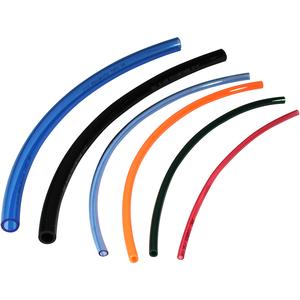
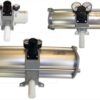
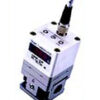
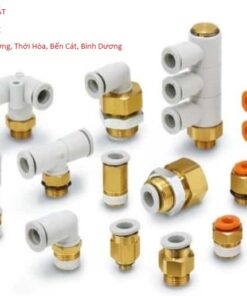


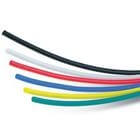

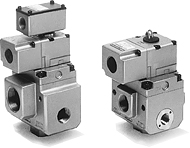
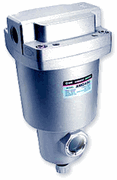
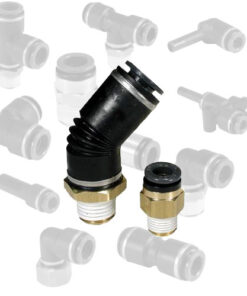

Đánh giá
Chưa có đánh giá nào.